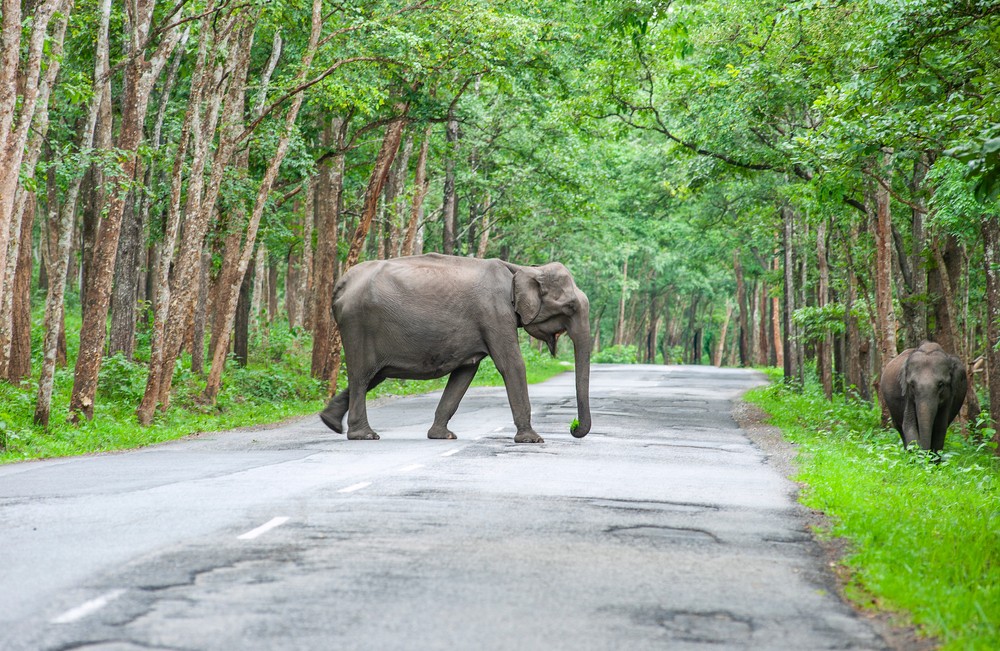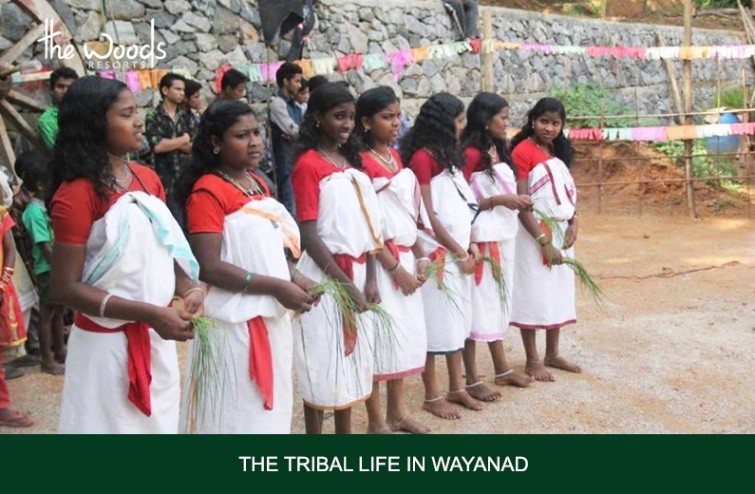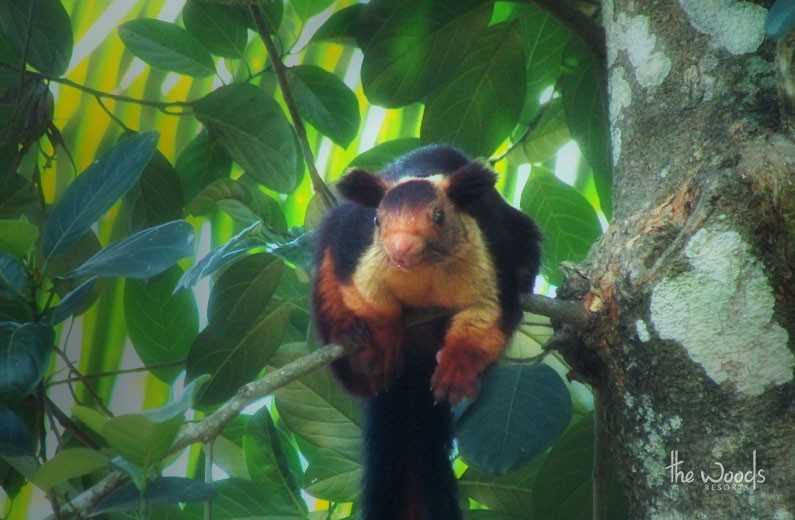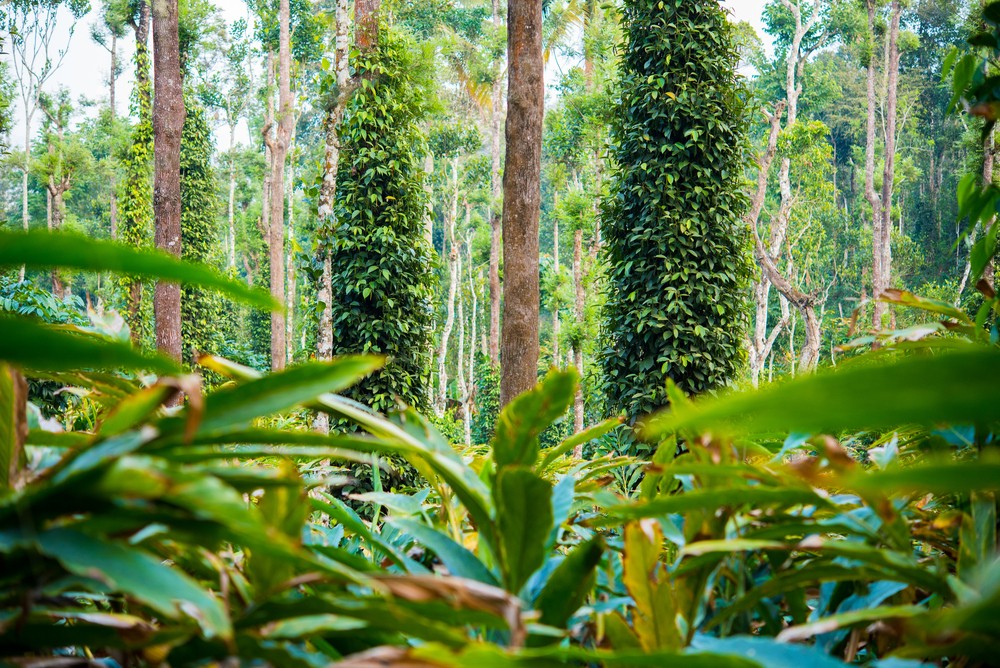Spotting Wildlife in Wayanad
Wayanad is the bliss of the south. Wayanad, known for its exquisite beauty, has now become the most visited tourist destination in Kerala. With the magnificent Western Ghats as its outline, it is home to different kinds of flora and fauna. The greenery of the place exemplifies everything it adorns. Tourists can witness one of the most exclusive and breathtaking sunsets in this wilderness. A visit to Wayanad in itself brings tranquility and serenity to the soul.
The government gives tourists different avenues to experience the forest and get in touch with the elegant nature around them. There are many wildlife sanctuaries that help visitors understand the wildlife without actually disturbing them. This blog tries to introduce the different means through which one can witness the wonders in the lap of the Nilgiris.
Let us now try to venture in and explore the different opportunities where tourists can delve into the wildlife of Wayanad:
Wayanad Wildlife Sanctuary
The sanctuary was established in 1973. It is located in the southern trenches of the Western Ghats and has bagged an imminent place of 8 in the World Biodiversity Hotspots. This natural wonder has been able to secure the coveted spot because of the most exclusive vegetation and an extensive list of wildlife that have made the sanctuary their home. The sanctuary covers three distinct areas; the Wayanad plateau, the Nilgiris, and the Deccan plateau. It shares its borders with Bandipur Tiger Reserve and Nagarhole in Karnataka and the National Park in Tamil Nadu.
The area is home to a variety of endemic species of flora and fauna. Wildlife of Wayanad has around 45 species of mammals that have specifically made their homes in the Western Ghats. Wayanad Wildlife Sanctuary is known for its largest population of tigers in Kerala. It is also home to animals like elephants, gaurs, deer, sloth bears, dholes, snakes, etc. Some of the common tree species found here will be Rose-wood, anjili (Artocarpus), Mullu Murikku (Erythrina), several species of cassia, etc.
Tholpetty Wildlife Sanctuary
The Wayanad wildlife sanctuary is divided into the North and South sanctuaries. It is further divided into four other divisions called Tholpetty, Kurichiat, Muthanga, and Sulthan Bathery. Tholpetty forms part of the Northern Wayanad Wildlife Sanctuary. It shares close borders with the wildlife sanctuary of Karnataka and is home to many animals like deer, wild squirrels, elephants, bison, langurs, jungle cats, etc. It gives the tourists a unique opportunity to watch animals up close as they come closer to the water body that runs along the sanctuary. Tholpetty’s wildlife of Wayanad has a connection to the Nagarhole national park, which makes it a common ground for elephants and tigers. Tholpetty Wildlife Sanctuary is also home to tribes like Adiyar, Kattunaicka, Kuruma, Paniya, and Urali.
Also read, Tholpetty Wildlife Sanctuary in Wayanad – All You Need to Know
Muthanga Wildlife Sanctuary
Wayanad Muthanga is most likely the most well-known wildlife sanctuary in Wayanad. It is considered one of the best and most extensive rainforest sanctuaries. It covers a good area of the Western Ghats and Malabar hills. Muthanga is home to a good share of the elephant population and also many other wildlife species. The coexistence of wildlife and humans is indeed in harmony. Muthanga is also known to accommodate a fairly large population of tribes. There’s a special elephant training center where baby elephants are trained and are called Kumkis. Muthanga offers a jeep safari, which is a ride that gives you the opportunity to see the sanctuary in all its length and breadth.
Take a glance at the Jungle Safari Through Muthanga Wildlife Sanctuary in Wayanad
Pakshipathalam
Pakshipathalam is the heaven for all aviary lovers. Located at 1740 m above sea level, it gives you the experience of witnessing the beauty of Wayanad with some picturesque views, woody trails, and a whole pleasant world for ornithologists.
A good local tribe guide can help you understand the vegetation and can also take you to the rocky caves and give you a glimpse of the history that lies around Wayanad. The sian fairy bluebirds, the gold fronted chloropsis, the paradise flycatcher, and the emerald dove are some of the beauties that you can get to witness on your birdwatch adventure.
Looking out for the wildlife of Wayanad is definitely an opportunity not to miss during your visit to Wayanad. There are many jungle resort options near Wayanad that give you a serene glimpse of the natural beauty of the Nilgiris.







